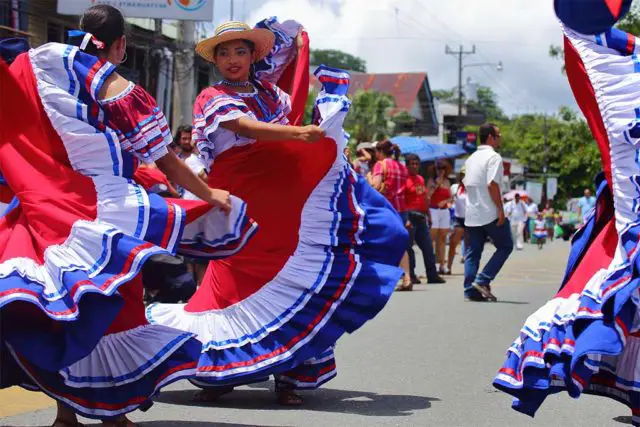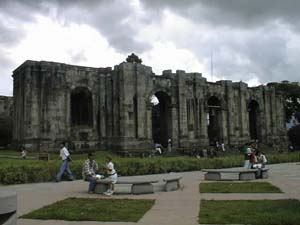
Santa Cruz has been declared the “National Folklore City of Costa Rica” by the Central American Institute of Tourism for its amazing and colorful popular festivities, rodeos, dances, and traditional food. Being a “must-stop” for visitors when touring the countless beaches, national parks and other attractions of Guanacaste.
Its History

Founded by the Spaniards a year before Nicoya in 1522. In 1760 the first permanent settlement came to be near what is now known as Lagunilla. Regarding religion, specifically, Catholicism brought by the Europeans, “Doña Bernabela Ramos” played an important role in fostering the cult and devotion to the “Holy Christ of Esquipulas”.
This lady organized the celebration of Mass at her home once a month, in turn, it became a center for the religious concentration of the faithful. Later in 1814, Doña Bernabela consolidates the town with the donation of four extensive plots of land, where the church and the streets were already delineated for the establishment of houses in which the first families settled.
Location
The town of Santa Cruz is located at 10 ° 15’06 “north latitude and 85 º 41’07” west longitude. It limits to the north with the Canton of Carrillo, to the east with the canton of Nicoya and Bagaces, to the south of the canton of Nicoya, and the west with the Pacific Ocean.
Being a historic site in Guanacaste, and considered the second most important town in the province after Liberia. Located in the heart of the Nicoya Peninsula and 30 minutes from the Daniel Oduber Quirós International Airport, it is a fascinating place known throughout Costa Rica for its culture and rich folklore.
Weather
The climate of Santa Cruz is mainly tropical and warm throughout the year, making it the ideal place to visit at any time. Close to spectacular beaches. Santa Cruz is a lively and active commercial center and sometimes considered the midpoint for going to many of the spectacular beaches in the province that are just 15-20 minutes away. However, if you observe this vibrant town with more attention, you will fall in love with it immediately.
Known to locals for its livestock industry, Santa Cruz is generally hosting to many rodeos and bullfights, attracting many participants in these activities.
Culture
The manufacture of ceramic objects in the province of Guanacaste is an intangible cultural heritage of this province. The tradition was initiated by the pre-Columbian cultures that inhabited this region, and its manufacturing techniques are still used by Guanacaste artisans today.
These objects are handmade pieces of polychrome ceramic with Mesoamerican motifs, handmade with natural elements that are mixed with water and clay to obtain their characteristic colors. This millenary tradition is still carried out mainly in the Guanacaste communities of Guaitil de Santa Cruz, and the Nicoya towns of Las Pozas and San Vicente.
Among the most prominent legacies of the indigenous cultures of southern Nicaragua and the territory of Nicoya that merged with Spanish customs and traditions includes songs, dances, clothing, gastronomy and its religious patron celebrations, famous throughout all Costa Rica.
Santa Cruz Main Typical Festivities begin every January 14 with traditional bullfights and of course the entrance of the “Holy Christ of Esquipulas”, a black Christ image that is taken in procession through the center of the town reaching the Sanctuary that bears its name. During this holiday the dance of the “Promesano” Indians is performed, a tradition that mixes pre-Columbian and Spanish elements.
In this canton, you can still appreciate the life of the northern plains, with their cattle ranches and the prominent figure of the “Sabanero” (local cowboys), the most representative of the characters in the region. Another tradition is the lagarteada, which takes place in the town of Ortega, every Good Friday, and which consists in the capture of a live crocodile that is subsequently released the next day.
The canton of Santa Cruz is the hometown of some renowned Costa Rican’s such as the musical composer Jesús Bonilla Chavarría (author of Pampa, Liberian Moon and the Hymn of the Annexation of Guanacaste) and the poet and writer José Ramírez Saizar.

